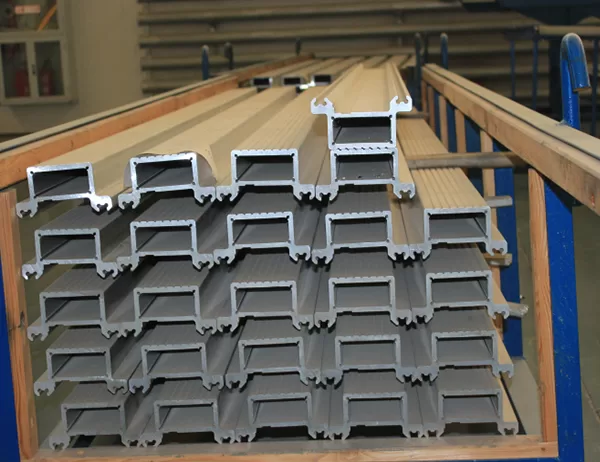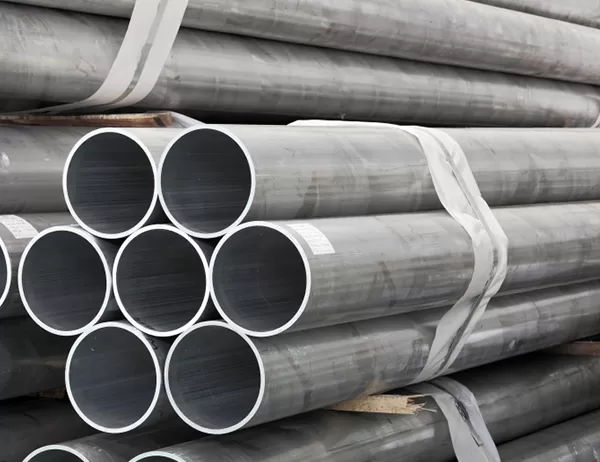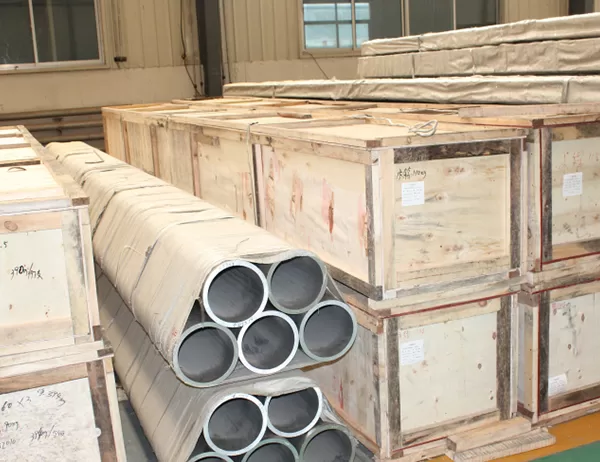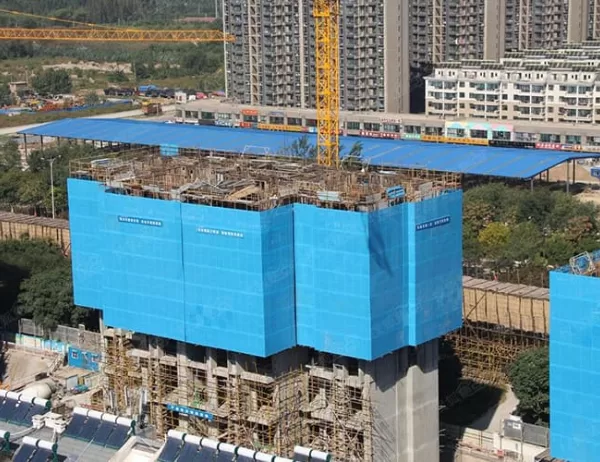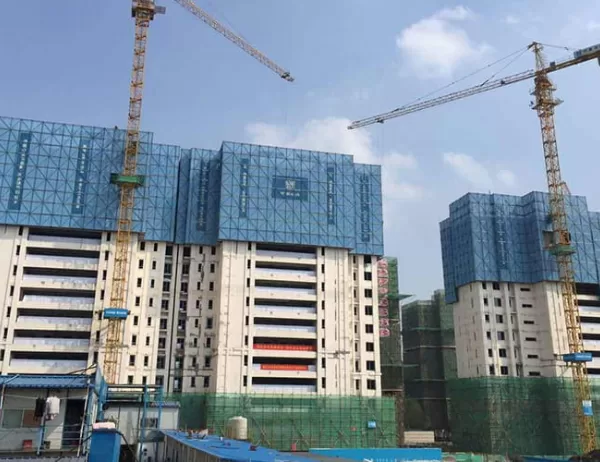Before we dive into the specifics of achieving precision and strength with extruded aluminum tubes, let’s provide some context. Extruded aluminum tubes are widely used in various industries, including aerospace, automotive, construction, and consumer electronics. These tubes offer a unique combination of lightweight, high strength, and corrosion resistance. However, achieving the desired precision and strength requires careful attention to several key factors throughout the extrusion process. This article will explore various aspects of how to enhance precision and strength in extruded aluminum tubes, providing insights for engineers and manufacturers alike.
The selection of aluminum alloy and temper is crucial for achieving the desired precision and strength. Different alloys offer varying degrees of strength, machinability, and corrosion resistance. For instance, 6061 aluminum alloy is commonly used for its good strength-to-weight ratio and corrosion resistance, making it suitable for applications in structural components and marine environments. Additionally, the temper of the extruded tube, denoted by a series of letters and numbers, indicates its strength and hardness. By carefully selecting the appropriate alloy and temper, manufacturers can optimize the tube’s properties for specific applications.
The extrusion process itself plays a significant role in achieving precision and strength. Proper die design is essential for controlling the tube’s dimensions and tolerances. Advanced extrusion techniques, such as hot or cold forming, can further enhance precision by reducing distortion and surface imperfections. Furthermore, the extrusion speed, temperature, and cooling rate must be carefully controlled to minimize residual stresses and ensure consistent material properties throughout the tube. Optimizing the extrusion process parameters helps achieve the desired dimensional accuracy and mechanical strength.
Post-extrusion treatments, such as heat treatment and surface finishing, can significantly enhance the precision and strength of the tubes. Heat treatment, including quenching and tempering, can improve the material’s strength and hardness while maintaining dimensional stability. Surface treatments, such as anodizing or powder coating, can provide additional corrosion resistance and wear protection, further increasing the tubes’ durability and longevity. By incorporating appropriate post-processing treatments into the manufacturing process, manufacturers can tailor the tubes’ properties to meet specific application requirements.
Rigorous quality control measures are essential throughout the extrusion and post-processing stages. Non-destructive testing methods, such as ultrasonic or eddy current testing, can detect internal defects and ensure the integrity of the tubes. Dimensional inspections using precision measuring equipment verify that the tubes meet the specified tolerances. By implementing a comprehensive quality control system, manufacturers can guarantee the precision and strength of their extruded aluminum tubes, ensuring optimal performance and reliability in various applications.
Achieving precision and strength with extruded aluminum tubes requires a comprehensive approach that encompasses material selection, extrusion process optimization, post-processing treatments, and stringent quality control. By carefully considering each of these aspects, manufacturers can produce high-quality tubes that meet the demanding requirements of various industries. Extruded aluminum tubes, with their combination of precision, strength, and versatility, continue to be a valuable material choice for a wide range of applications.
